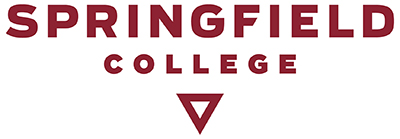Graduate Sport Science Program Outcomes
Goal 1: Students are expected to understand and explain the science of sports performance.
- SLO1a: Students will be able to explain how relevant physiological systems (e.g., cardiovascular, pulmonary) response to exercise.
- SLO1b: Students will be able to explain relevant anatomical or biomechanical principles.
- SLO1c: Students will be able to explain the physiological adaptations to resistance training, movement, and conditioning sessions.
- SLO1d: Students will be able to integrate exercise science knowledge (e.g., sport psychology, sport nutrition etc.) bases towards an inter-disciplinary understanding of performance.
Goal 2: Students are expected to read, interpret, and conduct original research.
- SLO 2a: Students can acquire, read, and synthesize scholarly literature relevant to a research question.
- SLO 2b: Students can develop a testable hypothesis and relevant methodology
- SLO 2c: Students can collect and analyze data, draw conclusions, and discuss their findings within the context of the literature.
- SLO2d: Students will be able to articulate scholarly findings through an oral presentation.
Goal 3: Students are expected to know and be able to engage in data acquisition, analysis, interpretation, and visualization.
- SLO 3a: Students will have proficiency with acquiring data from athletes across various technologies.
- SLO 3b: Student will be able to take acquired data and prepare it for analysis.
- SLO 3c: Students will be able to employ various statistical procedures in the analysis of the data.
- SLO 3d: Students will be able to interpret data related to performance, load, fatigue, and recovery.
- SLO 3e: Students will be able to communicate the interpretation of the data by applying various data visualization strategies, as appropriate for the data and the intended stakeholder.
- SLO 3f: Students will be able to adapt athlete training plans and schedules based on the data analysis and interpretation.
